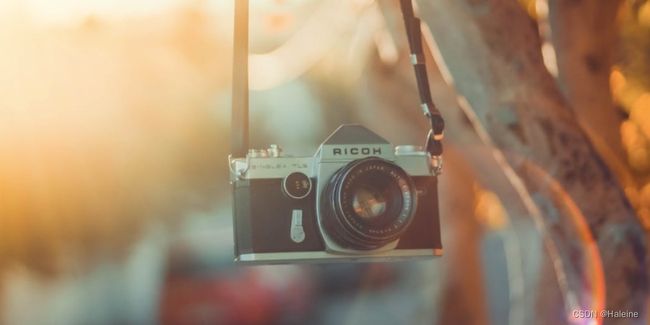20230322英语学习
Why Are So Many Gen Z-Ers Drawn to Old Digital Cameras?
老式数码相机:Z世代的复古潮流
The latest digital cameras boast ever-higher resolutions, better performance in low light, smart focusing and shake reduction – and they’re built right into your smartphone.
Even so, some Gen Z-ers are now opting for point-and-shoot digital cameras from the early 2000s, before many of them were born.
It’s something of a renaissance, and not just for older cameras.The digital camera industry as a whole is seeing a resurgence.Previously, industry revenue peaked in 2010 and was shrinking annually through 2021.Then it saw new growth in 2022, and it is projected to continue growing for the coming years.
But why?
One explanation is nostalgia, or a yearning for the past.And indeed, nostalgia can be an effective coping strategy in times of change.
But my research on people’s experiences with technology, which includes photography, suggests a deeper explanation: seeking meaning.
It’s not that these Gen Z-ers are longing to return to childhood, but that they are finding and expressing their values through their technological choices.And there’s a lesson here for everyone.
Humans have many needs – food, shelter, and so on.But humans also feel the urge to find meaning in life.
At its core, meaning is about identifying one’s values and making choices to develop oneself as a person.It allows a person to engage with the various aspects of their personality – “the multitudes” contained therein, as Walt Whitman wrote.
Put differently, meaning is about weaving a personal narrative from the facts of life.And it really is a need, not just something that’s nice to have.Meaning is what makes life feel valuable and worth living.
Why do people adopt one technology over another?According to what scholars call the technology acceptance model, people consider two major aspects when choosing a technology: its perceived usefulness and its perceived ease of use.
But certainly there are other considerations, especially for personal technologies.People choose some technologies for the way they contribute to meaning.And the search for meaning extends beyond choosing a technology to the way a person uses and experiences it.For example, many people use social media in constructing their sense of self.
In my own research, I discerned four themes involved in people’s meaningful experiences with technology:
Presence: People choose formats and technologies that will help them be more present and attentive during the experience.
Centripetal force: A person’s relationship with the technology begins with a central practice but gradually expands to become a bigger part of their life.
Curiosity: A sense of wonder and interest guides the experience.
Self-construction: Meaningful experiences with technology contribute to the person’s sense of self.
In this context, using a standalone digital camera immediately enhances the meaningfulness of an experience.
Digital cameras also enable presence: You need to remember to carry the camera around, and in return it won’t give you notifications or show you other apps while you’re shooting.
That goes for any standalone camera.But old cameras, in particular, have a set of qualities that help users make meaning.
First, the image quality is poorer.But on social media, photos that get posted are less about polish and precision and more about sharing experiences and telling stories.
As a person chooses which photos to share and how to edit them, they are expressing their values and developing their sense of self.To some extent, smartphone photo filters allow for some of this expression, but old digital cameras produce different kinds of visual effects
and lack the automated features designed to professionalize the look of each image.
Older cameras also introduce challenges in getting the images onto social media.They require cables, software and multiple steps to transfer the images.It’s a far cry from one-click image generation with artificial intelligence.What this means is that photography involves many more activities beyond simply taking photos.Photography becomes a bigger part of one’s life.
All this friction increases a person’s involvement in the process, inviting choices along the way.Research on meaningful design shows people form stronger attachments to products when they have to make more choices or get more involved.
When it comes to finding meaning in older forms of photography – whether you use a digital camera or a film camera – the slower process of creating and sharing images outweighs the speed, efficiency and crisp imagery of smartphone cameras.
